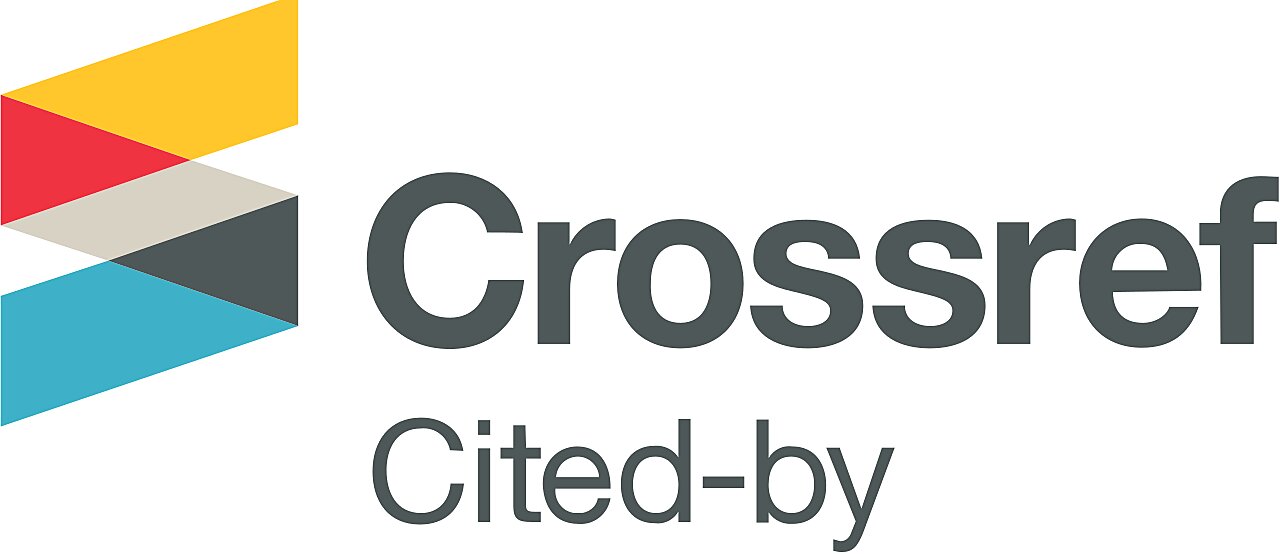
Evaluation of the effect of planting density of maize hybrids intercropped with coffee Evaluación del efecto de la densidad de siembra de híbridos de maíz intercalados con café
Keywords

This work is licensed under a Creative Commons Attribution-NonCommercial-NoDerivatives 4.0 International License.
Summary
The production of maize intercropped with coffee during the establishment stage has been a common practice recommended by Cenicafé to promote food security, generate complementary income and increase the sustainability of coffee production systems. With the objective of evaluating the effect of different planting densities of the white maize hybrid SGBIOH2 biofortified with zinc on the production of two cycles of intercropped maize and on the accumulated production of two coffee harvests, a research was carried out in four experimental stations of Cenicafé: Naranjal (Caldas), La Catalina (Risaralda), El Rosario (Antioquia) and El Tambo (Cauca). The experiment was established through a randomized complete block design with four intercropped maize planting density treatments (45,000, 50,000, 55,000 and 60,000 plants per hectare) and an absolute check without maize, which were evaluated in nine repetitions per location in 48 m2 plots. Intercropped hybrid maize yields increased linearly in all locations as planting density increased from 45,000 to 60,000 plants per hectare (Pr > F = 0.0001). Coffee production was not affected by any of the maize planting density treatments (Pr > 0.05), indicating low competition of the two crops. Likewise, the physical quality of the coffee represented in the cherry coffee/dry parchment coffee ratio and milling yield factor was not affected by any of the density treatments evaluated.
Author biography (See)
References (See)
- Almeida, M. L. de, Merotto Junior, A., Sangoi, L., Ender, M., & Guidolin, A. F. (2000). Incremento na densidade de plantas: Uma alternativa para aumentar o rendimento de grãos de milho em regiões de curta estação estival de crescimento. Ciência Rural, 30(1), 23–29. https://doi.org/10.1590/S0103-84782000000100004
- Andrade, F. H., Calviño, P., Cirilo, A., & Barbieri, P. (2002). Yield Responses to Narrow Rows Depend on Increased Radiation Interception. Agronomy Journal, 94(5), 975–980. https://doi.org/10.2134/agronj2002.9750
- Brooker, R. W., Bennett, A. E., Cong, W., Daniell, T. J., George, T. S., Hallett, P. D., Hawes, C., Iannetta, P. P. M., Jones, H. G., Karley, A. J., Li, L., McKenzie, B. M., Pakeman, R. J., Paterson, E., Schöb, C., Shen, J., Squire, G., Watson, C. A., Zhang, C., … White, P. J. (2015). Improving intercropping: A synthesis of research in agronomy, plant physiology and ecology. New Phytologist, 206(1), 107–117. https://doi.org/10.1111/nph.13132
- Centro Nacional de Investigaciones de Café. (2021). Guía más agronomía, más productividad, más calidad (3rd ed.). Cenicafé. https://doi.org/10.38141/cenbook-0014
- Cox, W. J., & Cherney, D. J. R. (2001). Row Spacing, Plant Density, and Nitrogen Effects on Corn Silage. Agronomy Journal, 93(3), 597–602. https://doi.org/10.2134/agronj2001.933597x
- Duque-Orrego, H., Salazar, H. M., Rojas-Sepúlveda, L. A., & Gaitán, Á. (2021). Análisis económico de tecnologías para la producción de café en Colombia. Cenicafé. https://doi.org/10.38141/cenbook-0016
- García-López, J. C., Ramírez-Carabalí, C., & Sarmiento-Herrera, N. (2023). Respuesta climática a eventos ENOS La Niña entre 1998 y 2022, en la zona cafetera. Avances Técnicos Cenicafé, 550, 1–12. https://doi.org/10.38141/10779/0550
- Govaerts, B., Vega, D., Chávez, X., Narro, L., San Vicente, F. M., Palacios-Rojas, N., Pérez, M., González, G., Ortega, P., Carvajal, A., Arcos, A. L., Bolaños, J., Romero, N., Bolaños, J., Vanegas, Y. F., Echeverria, R. G., Jarvis, A., Jiménez, D., Ramírez-Villegas, J., … Tapasco, J. (2019). Maíz para Colombia Visión 2030 (p. 109). Centro Internacional de Mejoramiento de Maíz y Trigo. https://repository.cimmyt.org/handle/10883/20218
- Guvenc, I., & Yildirim, E. (2006). Increasing Productivity with Intercropping Systems in Cabbage Production. Journal of Sustainable Agriculture, 28(4), 29–44. https://doi.org/10.1300/J064v28n04_04
- Jaramillo, S. (2023). Recomendaciones para el manejo agronómico del cultivo de fríjol arbustivo en el sistema intercalado con café. Avances Técnicos Cenicafé, 551, 1–12. https://doi.org/10.38141/10779/0551
- Jaramillo, S., & Salazar, H. M. (2021). Cultivos intercalados: Una alternativa para aumentar los ingresos y la sostenibilidad de cafetales. Avances Técnicos Cenicafé, 534, 1–8. https://doi.org/10.38141/10779/0534
- Quevedo, Y. M., Beltrán, J. I., & Barragán-Quijano, E. (2018). Effect of sowing density on yield and profitability of a hybrid corn under tropical conditions. Agronomía Colombiana, 36(3), 248–256. https://doi.org/10.15446/agron.colomb.v36n3.71268
- Sangoi, L. (2001). Understanding Plant Density Effects On Maize Growth And Development: An Important Issue To Maximize Grain Yield. Ciência Rural, 31(1), 159–168. https://doi.org/10.1590/S0103-84782001000100027
Most read articles by the same author(s)
- Luis Miguel Constantino, José Raúl Rendón, Giovanny Cuesta, Rubén Medina-Rivera, Pablo Benavides Machado, Population dynamics, dispersal and colonization of coffee berry borer Hypothenemus Hampei in Colombia , Cenicafe Journal: Vol. 72 No. 1 (2021): Cenicafe Journal
- Natalia Flechas-Bejarano, Rubén Medina-Rivera, Effect of storage on the viability, germination and vigor of seeds of Coffea arabica l. , Cenicafe Journal: Vol. 72 No. 2 (2021): Cenicafé Journal
- Luis Carlos Imbachí, Rubén Medina-Rivera, Juan Rodrigo Sanz-Uribe, Characterizing depulped coffee bean sizes in new coffee varieties , Cenicafe Journal: Vol. 74 No. 2 (2023): Cenicafé Journal
- Andrés Felipe León-Burgos, José Raúl Rendón, Alexander Jaramillo-Jiménez, Luis Carlos Imbachi, Claudia Patricia Flórez, Relationship between vegetative growth and bore pinhead fruit loads for Coffea arabica L. progenies , Cenicafe Journal: Vol. 75 No. 2 (2024): Cenicafé Journal
- Carlos Andrés Unigarro, Rubén Medina-Rivera, Claudia Patricia Flórez, Relation between production and phenotypical characteristics in Coffea arabica L. , Cenicafe Journal: Vol. 68 No. 1 (2017): Cenicafe Journal
- Carlos Eugenio Oliveros-Tascón, Juan Rodrigo Sanz-Uribe, Rubén Medina-Rivera, Evaluation of a horizontal flow coffee washer with previous mucilage degradation. , Cenicafe Journal: Vol. 70 No. 1 (2019): Revista Cenicafé







